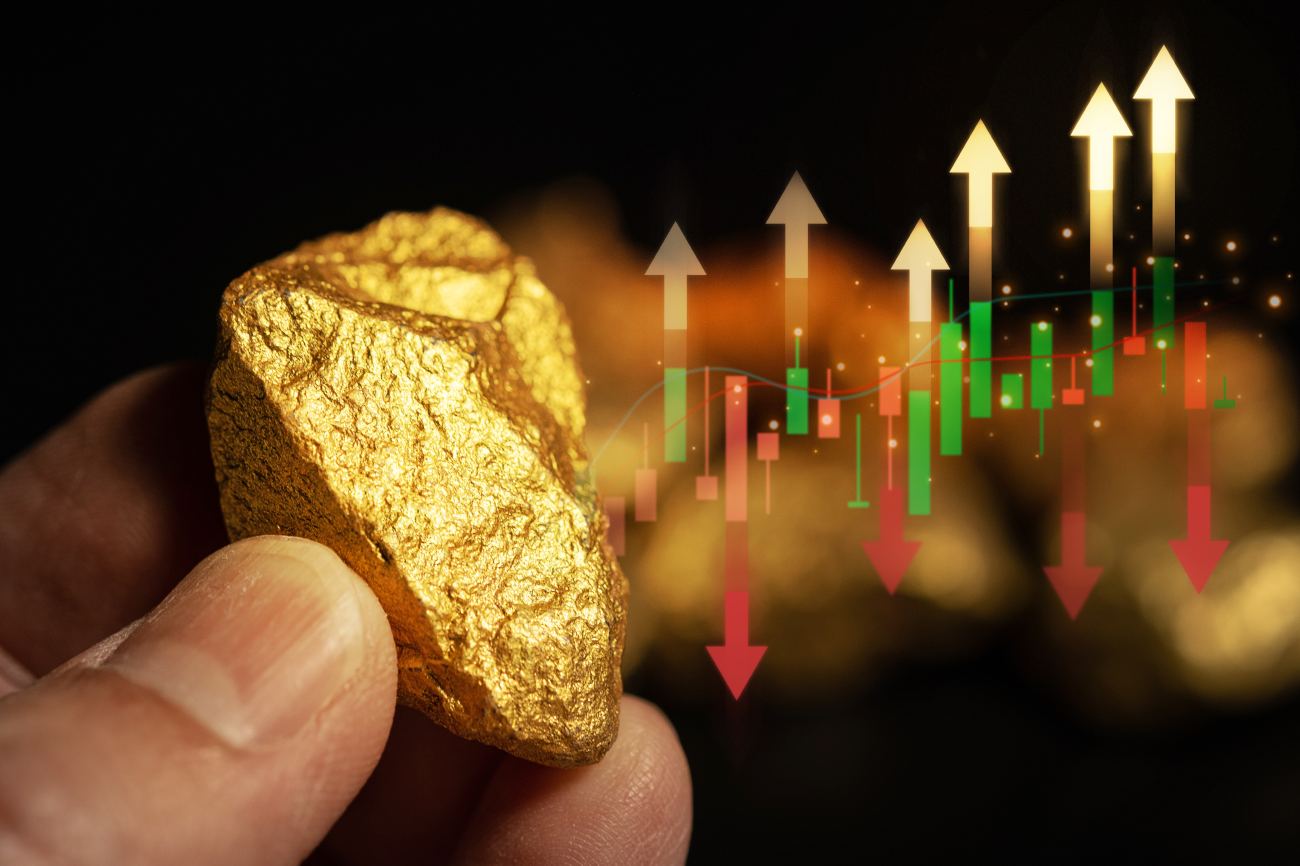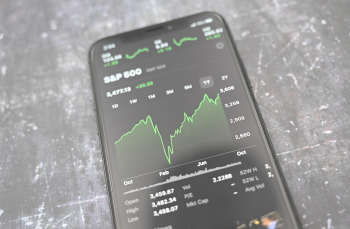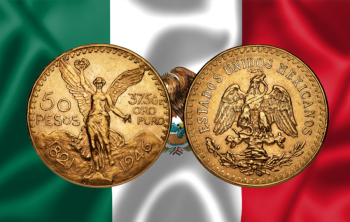
Gold and its price, the dance of influences
At the heart of the labyrinthine intricacies of financial markets, gold remains a captivating enigma. This precious metal, imbued with a millennia-old history, transcends its glittering brilliance to become the silent and powerful witness to global economic fluctuations. Its value, fluctuating according to the whims of the markets, is much more than just a reflection of its rarity. Gold, like an oracle dancing to the rhythm of economic forces, is the quintessence of the delicate balance between geopolitical movements, monetary policies, and the complex mechanisms of the global economy. Deciphering these factors and understanding how they interlace their influences is a fascinating quest, an exploration of the mysteries of gold investment.
The gold market is a canvas constantly woven by several threads of influence. Historical trends, speculative movements, and current events intertwine to shape its price. The forces of supply and demand, combined with macroeconomic fluctuations, create a unique market ecosystem. This is what is often called "the gold market dance."
So let's delve into the different factors that can influence the price of gold...
Supply and demand, this subtle balance
Like any good investment, one of the primary causes of fluctuations is obviously the close link between supply and demand. The natural rarity of gold and its extraction cost greatly influence its supply. However, fluctuating demand, whether due to industrial needs or attraction as a safe investment, plays a decisive role in its price. In the following points, we will see that there are surprisingly many factors that can affect the demand for gold.
First and foremost, gold is an indicator of confidence in the global economy. Financial crises, trade wars, monetary policies, or geopolitical changes exert direct pressure on its price because it is often considered a refuge in times of uncertainty.
Additionally, central bank decisions regarding the purchase or sale of gold can have a significant impact on its price. These movements often reflect the confidence of financial institutions in this asset.
The inverse relationship between the dollar and gold is also fundamental. When the value of the dollar decreases, gold, expressed in dollars, tends to increase due to its nature as an alternative store of value. They are thus intimately linked.
Finally, gold finds various applications in different sectors, including technology, the medical industry, and space. Changes and developments in these areas affect the demand for gold and, consequently, its price. For example, it is worth noting that gold is found in the chips of our mobile phones.
Inflation, volatility, and market expectations
Investors' perception of future inflation is crucial. Gold is considered a hedge against inflation, meaning its price is influenced by long-term inflation expectations. Moments of uncertainty or volatility in stock markets can also prompt some investors to seek safety in gold, increasing its value when other assets are at risk of losses. From a more personal perspective, investor behavior, influenced by their feelings, expectations, and speculations, can create sudden and significant fluctuations in the price of gold, which then have little to do with underlying economic realities.
So here's a summary of the elements that, on a small or large scale, can influence the price of gold:
- Supply and demand
- Dollar value
- Inflation
- Geopolitical tensions
- Volatility of financial markets
- Monetary policy
- Market sentiment and speculation
- Investor confidence
- Interest rates
- Technology and industrial demand
- Central bank movements
- Mining production
- Currency fluctuations
- Global reserves
Gold, this precious and enigmatic metal, is much more than just a commodity in the financial world. It embodies history, trust, and timeless value. In the depths of market mazes, it evolves like a living entity, sensitive to the pulsations of economic forces. Gold investment, far from being just a matter of price, is a journey through these complex mechanisms. Understanding these factors, deciphering their influence, and grasping the subtle dance of the gold market is the key to navigating the dynamic world of gold with caution and insight.




